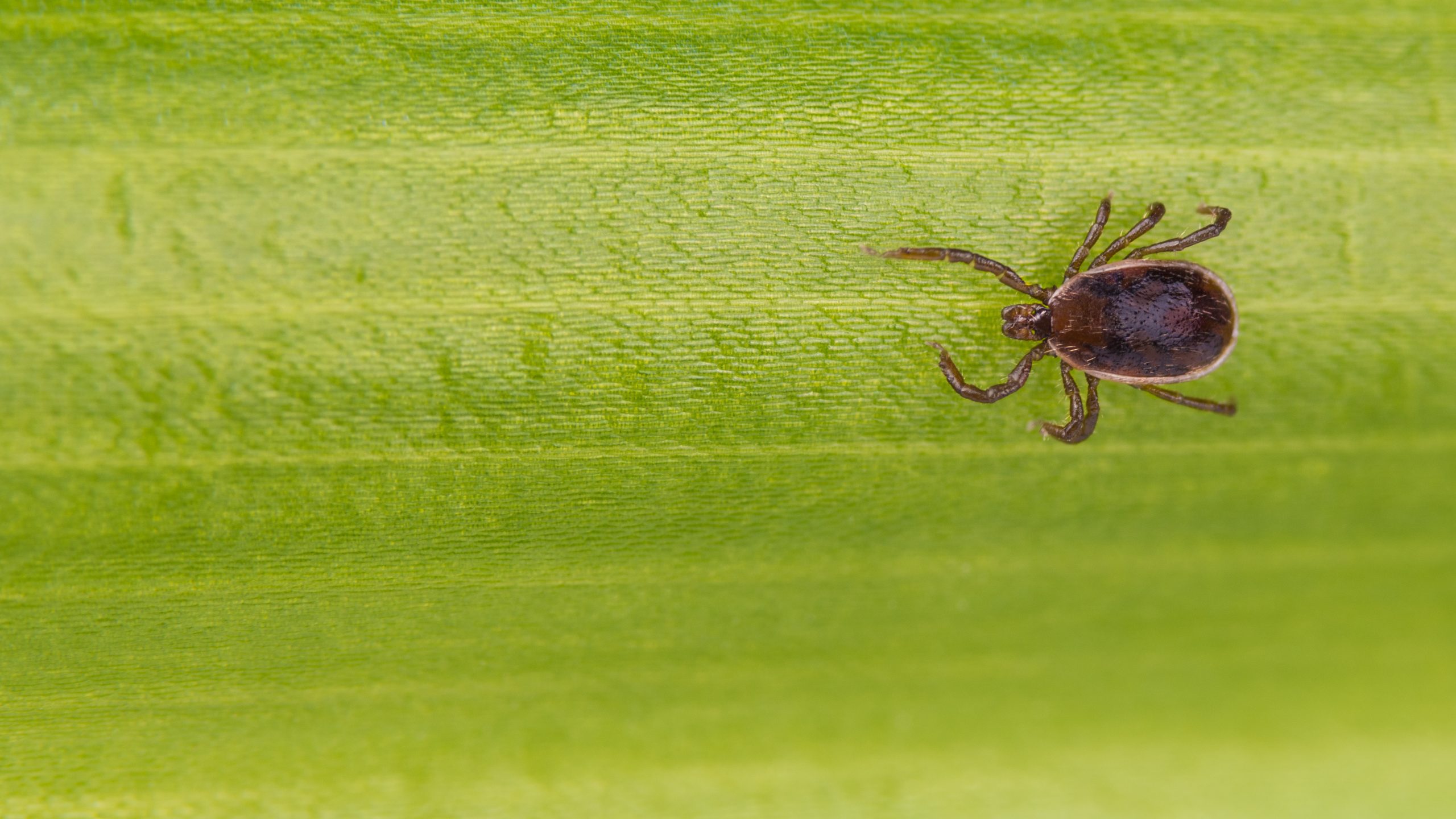Ticks can transmit serious diseases to humans and pets, so it's important to take steps to protect yourself and your family. My Pest Pros uses specialized EPA-approved products to eliminate ticks from your home or yard while protecting your children and pets.
We will inspect your yard to identify problem areas and recommend how you can help reduce or treat them. Our technicians are trained to identify tick problem areas.
For ultimate protection, our professionals will work with you to find a customized solution for your tick problem, today and tomorrow.
Contact Us Today